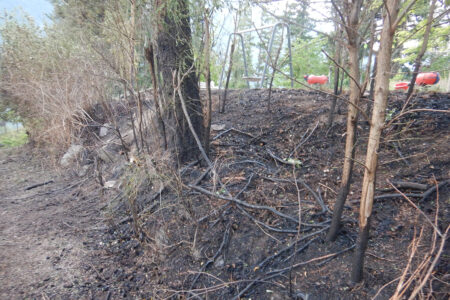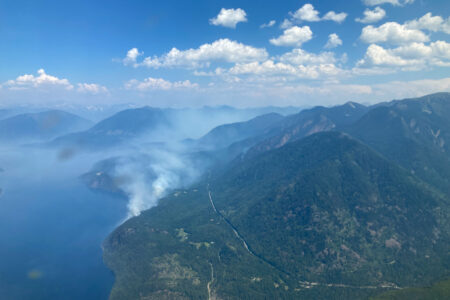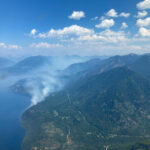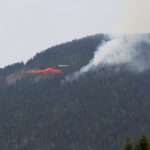Study sets out path to protect the Rocky Mountains’ wildest area
(Canmore, AB) At a time when National and Provincial Parks increasingly are under threat, a new study released today by the Yellowstone to Yukon Conservation Initiative (Y2Y) sets out a path to protect one of Canada’s great success stories – B.C.’s Muskwa-Kechika Management Area.
Roughly the size of Ireland, the Muskwa-Kechika Management Area was created in 1998 to implement the latest thinking in land use management: accommodating resource development while also protecting a large, intact and predominantly roadless wilderness. Fifteen years later, the Muskwa-Kechika is still the wildest area in the Rocky Mountains.
“The Muskwa-Kechika Management Area proves that good management practices work,” says Wendy Francis, Program Director at Y2Y and one of the report’s contributors. “And this study, The Muskwa-Kechika – Biodiversity Conservation and Climate Change Assessment, will give land managers a clear picture to update their practices in the face of budget cuts, development pressures and most importantly, climate change.”
“Under a changing climate, northern B.C. can expect major transformations in biodiversity on land, in water, and across all levels of species and ecosystems,” notes Dr. Jim Pojar, one of the report’s lead scientists. “It could have such a dramatic effect on the types of plants that grow, for example, that the terms ‘alpine’ and ‘boreal forest’ may no longer apply.”
“In many ways, the old saying ‘variety is the spice of life’ holds true in the face of climate change,” explains Juri Peepre, Muskwa-Kechika Project Manager for Y2Y. “The more variety a landscape has today, the more variety of life is likely to be found there in the future. This study provides new maps and information to advise management practices that support the protection of biodiversity.”
“This report outlines two very important pieces of information to the Muskwa-Kechika Advisory Board and the B.C. government,” says Francis. “First, it points out areas outside protected landscapes that are in greater need of protection because of their importance to wildlife, their biological diversity, or their rarity. Secondly, it suggests where development proposals should be assessed very carefully so that negative impacts on wildlife movement, biodiversity and rare ecosystems can be avoided.”
The study, commissioned by the Muskwa-Kechika Advisory Board and completed in collaboration with the Canadian Parks and Wilderness Society-B.C. Chapter and Gregory Kehm Associates, is meant to advise the Muskwa-Kechika Advisory Board, which in turn may make recommendations to the B.C. government on proposed actions. Other land managers and levels of government, such as First Nations and communities, who may be developing land use plans, as well as resource and tourism businesses, may also find its conclusions relevant.
The Muskwa-Kechika is a unique 16M acre land use complex. Over fifty contiguous, roadless watersheds receive special protection through a network of parks surrounded by zones where industrial use may be permitted. The Muskwa-Kechika is an important northern anchor in the Yellowstone to Yukon region. Copies of a summary report and the full report are available for download from http://y2y.net/our-work/ontheground-efforts/greater-muskwa-kechika-collaborative-projects.
This article is a press release from The Yellowstone to Yukon Conservation Initiative.






















